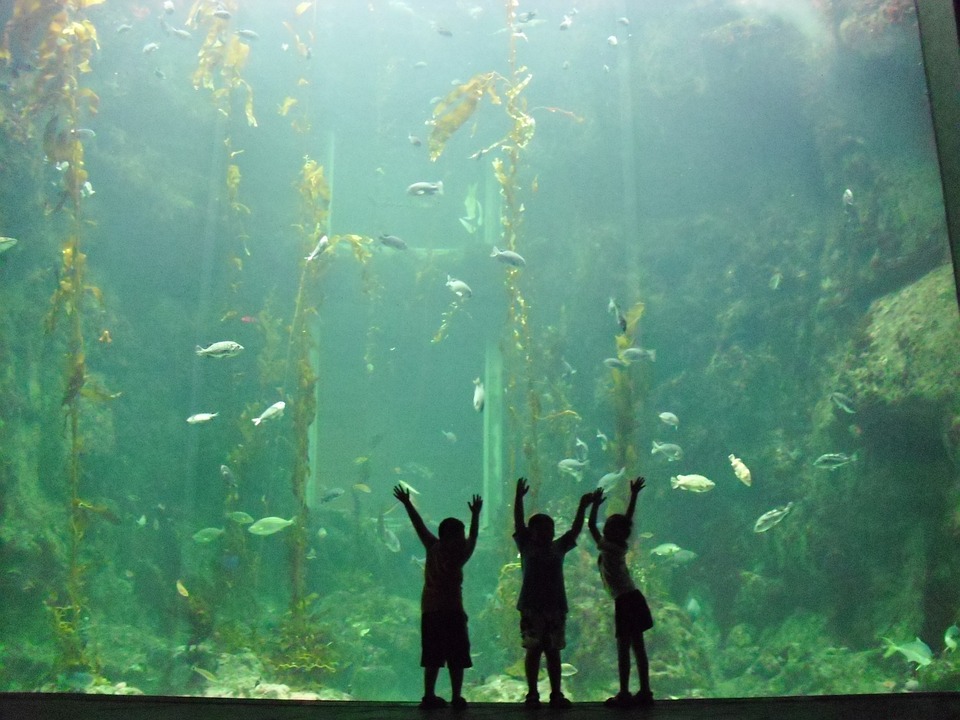Establishing and maintaining a thriving fish tank with cichlids requires careful consideration and attention to detail. From creating the perfect tank environment to ensuring proper water quality and nutrition, here is a comprehensive guide to help you successfully care for your cichlids.
I. Setting Up the Perfect Cichlid Tank Environment
1. Choosing the Right Tank Size: Cichlids need spacious tanks to thrive. Smaller species require at least a 30-gallon tank, while larger cichlids may need 50 gallons or more.
2. Tank Placement: Select a location away from direct sunlight and extreme temperature fluctuations. Avoid placing the tank near sources of noise or vibrations, as cichlids are sensitive to disturbances.
3. Filtration System: Install a high-quality filtration system capable of handling the specific needs of cichlids. Cichlids produce more waste compared to other fish species, so efficient mechanical, biological, and chemical filtration is essential.
4. Substrate Selection: Cichlids prefer substrate that mimics their natural habitat. Use sand or fine gravel to replicate their native environments, as cichlids often sift through the substrate looking for food.
5. Aquascape Design: Incorporate rocks, caves, and driftwood into the tank to provide hiding spots and territories for your cichlids. This will help establish a natural-looking environment while reducing aggression.
II. Water Quality and Parameters for Cichlid Tanks
Maintaining proper water quality and parameters is vital for the well-being of your cichlids. Consider the following factors:
1. Temperature: Different cichlid species have different temperature preferences. Research the specific species you intend to keep to determine the optimal temperature range. Generally, cichlids thrive in water temperatures between 74°F and 82°F (23°C – 28°C).
2. pH Level: Cichlids inhabit environments with varying pH levels. Some prefer slightly acidic water (pH 6.5-7.5), while others thrive in alkaline conditions (pH 7.8-8.5). Ensure you know the pH requirements of your cichlid species and maintain stability.
3. Water Hardness: Cichlids have different preferences when it comes to water hardness. African cichlids require hard water with a higher mineral content, while South American cichlids thrive in softer water. Research your specific cichlid species to determine their ideal water hardness.
4. Water Filtration and Changes: Regularly monitor water parameters using test kits and perform partial water changes of 25% to 30% every two weeks. Efficient filtration, coupled with regular maintenance, helps maintain water quality and prevents the accumulation of harmful substances.
III. Feeding and Nutrition for Healthy Cichlids
Proper nutrition plays a vital role in the health and vitality of your cichlids. Follow these guidelines to ensure a balanced diet:
1. Varied Diet: Cichlids are omnivorous and thrive on a diverse diet. Offer a combination of high-quality pellets, flakes, and frozen or live foods such as brine shrimp, bloodworms, and daphnia. This helps provide essential nutrients and promotes natural behavior.
2. Avoid Overfeeding: Cichlids have a hearty appetite, but overfeeding can lead to obesity and poor water quality. Feed them small amounts multiple times a day, only giving them what they can consume within a few minutes.
3. Supplements: Consider supplementing their diet with vitamin-rich foods, such as spirulina flakes or pellets. These supplements enhance coloration and boost the immune system of your cichlids.
Frequently Asked Questions (FAQs)
1. Can I keep cichlids with other fish species?
While some cichlids can coexist with compatible fish species, it’s essential to research the specific temperament and compatibility of each species before introducing them to the tank. Some cichlids can be aggressive towards other fish, especially during breeding or territorial disputes.
2. How can I reduce aggression among my cichlids?
Providing ample hiding spots, territories, and visual barriers can help reduce aggression. Ensure the tank is adequately spacious to minimize territorial disputes. Additionally, maintaining a balanced male-to-female ratio can help alleviate aggression during breeding periods.
3. Do cichlids require special lighting?
While cichlids do not require special lighting, it’s crucial to provide a consistent light-dark cycle of around 10-12 hours daily. This helps regulate their natural behavior and promotes overall well-being.
4. What are some common diseases affecting cichlids, and how can they be treated?
Cichlids are susceptible to various diseases like ich (white spot disease), fin rot, and bloat. Quarantining new fish, maintaining clean water conditions, and observing early signs of illness can help prevent and treat diseases. Consult with a veterinarian or fish expert for proper diagnosis and treatment options.
By following these guidelines and regularly monitoring your tank’s conditions, you can establish and maintain a thriving fish tank with cichlids. Remember, each cichlid species has unique requirements, so always research and adapt your care accordingly. Enjoy the beauty and fascinating behaviors of these remarkable fish!









